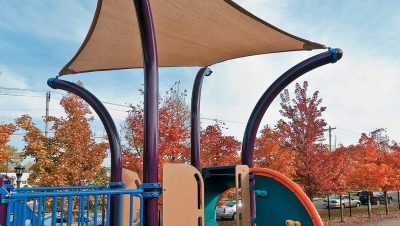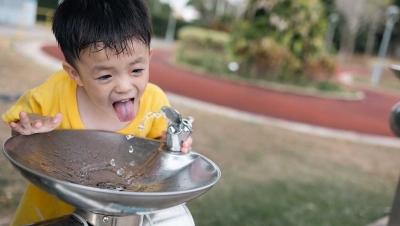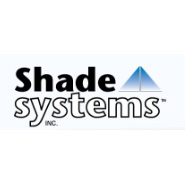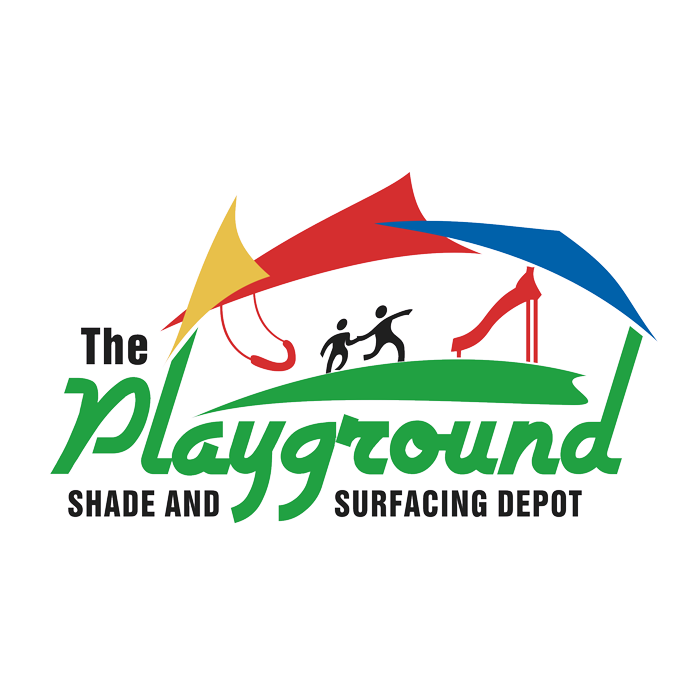While most skin cancers are highly curable, melanoma can be deadly. Here are some things to know about this cancer that kills nearly 8,000 a year and is on the rise.
Fast facts about skin cancer:
- According to the Skin Cancer Foundation, 80 percent of a person’s lifetime exposure to ultraviolet radiation occurs before the ages of 18 to 20.
- Children’s skin is especially sensitive to direct sunlight because they don’t have as many pigment cells as adults do. Children burn faster, and cumulative skin damage starts with the first exposure.
- Experts say that one bad sunburn in childhood could cause skin cancer 30 years later.
- In the United States in 2003, one in 65 people had a lifetime risk of getting the disease; it is projected that by 2010, one in 50 Americans will be afflicted by melanoma.
- It is the second most common cancer in women between the ages of 20 and 35 and the leading cause of cancer death in women ages 25 to 30.
- The incidence of basal cell skin cancer in North America is going up by five percent a year.
- A child born in 1994 now has a 28 percent to 33 percent lifetime risk of developing basil skin cancer.
- Of the 78,000 new cases of all types of non-melanoma skin cancer expected in Canada this year, more than 60,000 or 80 percent will be basal cell skin cancer, making this the most common form of skin cancer.
- One American develops skin cancer every 30 seconds and over one million people in the United States will develop skin cancer each year. Skin cancer kills one American every hour. Source: Columbia/HCA Healthcare Corporation.
- There were about 41,600 new cases of malignant melanoma in 1998, a three percent increase from 1997. About 7,300 deaths were attributed to malignant melanoma in 1998, a three percent increase over 1997! Source: American Cancer Society.
- A person born today is twice as likely to develop malignant melanoma as someone born only a decade ago and 12 times as likely as someone born 50 years ago! Source: Health Oasis Mayo Clinic Sept. 9, 1966.
- The incidence rate for melanoma has more than doubled since 1973.
- Half of all cancers are skin cancers. Six out of seven skin cancer deaths are from malignant melanoma. Melanoma is more common than any non-skin cancer among people between 25 and 29 years old. Source: American Cancer Society.
- UV radiation from the sun can cause sunburn, premature wrinkles, cataracts and damage to the immune system and especially skin cancer.
The Australian National Health and Medical Research Council reports that one of the best forms of protection is staying out of the sun. Source: Skin Cancer Foundation.














Add new comment